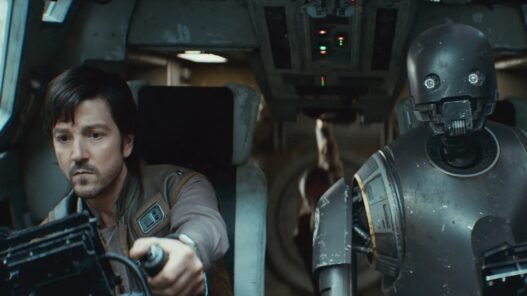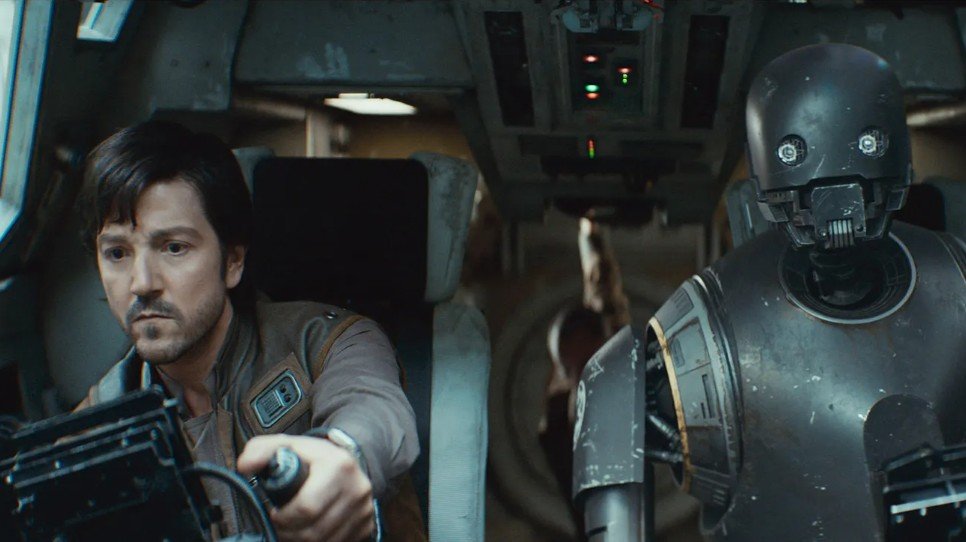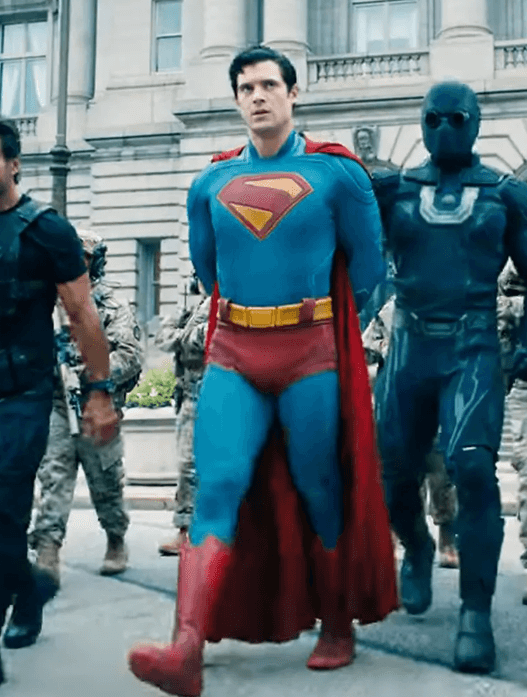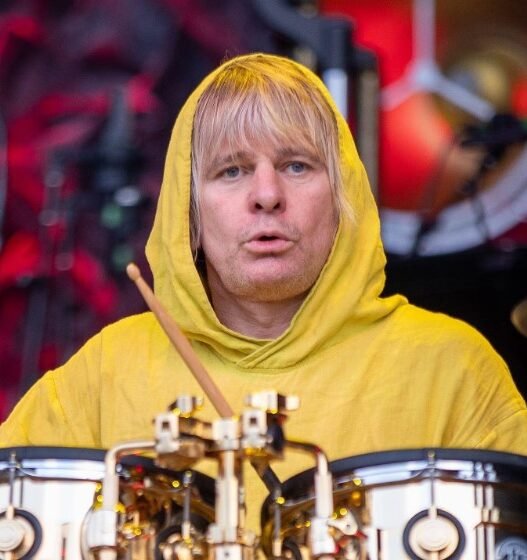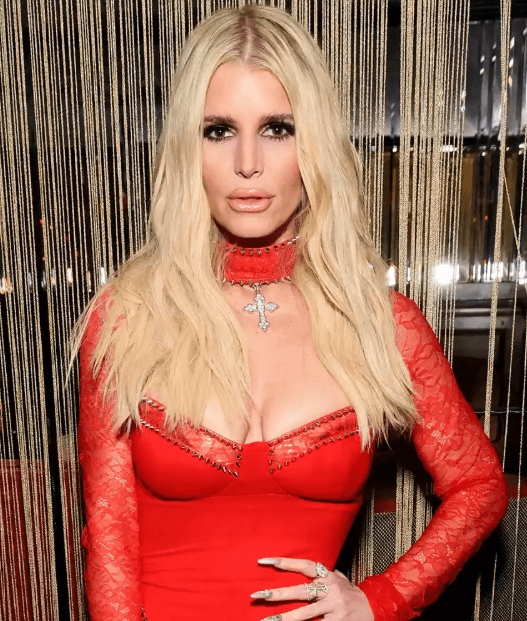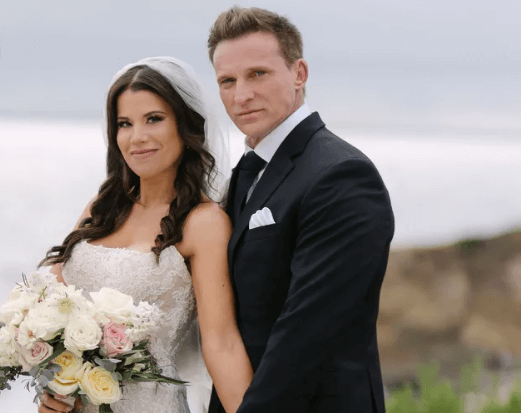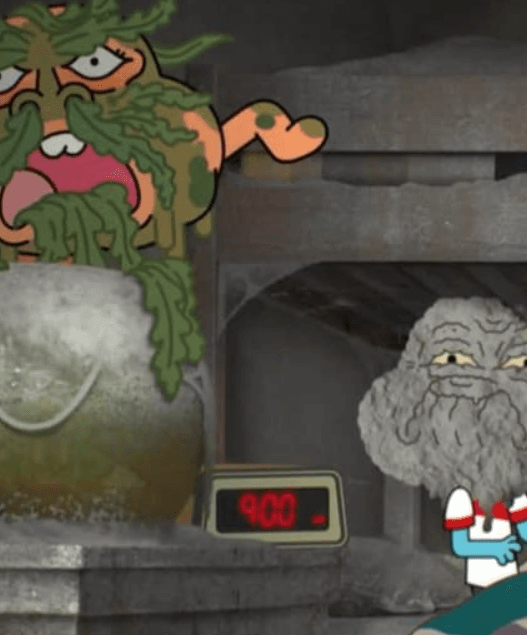The Andor series finale has landed, and as promised, it sets the stage perfectly for Rogue One. Showrunner Tony Gilroy always said the show would end where the 2016 film begins—and he delivered. As Cassian Andor meets a contact at the Ring of Kafrene, fans get a direct bridge into the story we already know and love.
But what truly surprised viewers were the emotional revelations, character arcs, and a few lingering questions. In this exclusive breakdown, Gilroy shares insight into the biggest finale moments, the fates of major characters, and why hope is still the driving force of the Rebellion.
A Bittersweet Revelation: Cassian’s Unknown Son
One of the most emotional gut-punches in the finale came with the reveal that Bix was pregnant—and Cassian Andor had a son he never knew. Gilroy explained how this deepens the tragedy:
“It makes his sacrifice more bitter,” he said. “And yet, I wanted to end on a hopeful note. ‘Rebellions are built on hope’ isn’t just a line—it’s the flame people need.”
That balance of heartbreak and optimism defines the final episode and ties beautifully into the Star Wars universe’s core message.
Where the Famous Line Came From
Cassian may have echoed the famous line in Rogue One, but Gilroy revealed that credit goes elsewhere—and to an unexpected character.
The phrase “Rebellions are built on hope” was added at the suggestion of Gilroy’s Star Wars-loving son, who realized it had no clear origin in the franchise. The solution? Insert it into Andor via a humble hotel clerk. A quiet moment, but one that reshapes how we hear the line in the future.
Could Syril Have Joined the Rebellion?
Syril Karn’s final arc is complex. On Ghorman, amidst chaos and tragedy, he seems adrift. Could he have switched sides?
Gilroy thinks it was possible:
“He’s a romantic and a fantasist… He might’ve gone a different way under different conditions.”
Syril’s journey reflects a core truth: people often drift to where they feel needed. His story isn’t over—it’s just unresolved.
Dedra’s Fate and the Fall of the Empire
Fans speculated Dedra might rise to power—only to be caught in the Death Star’s destruction. While Gilroy didn’t confirm specifics, he hinted at major fallout for the ISB:
“That kind of failure means a clean sweep. She’s going down, for sure.”
Her presence on a prison planet rather than a position of power was too poetic to pass up.
The Absence of Kino Loy and Cassian’s Sister
Two characters notably missing in the finale were Kino Loy (played by Andy Serkis) and Cassian’s sister, Kerri. But Gilroy had a clear reason:
“Bringing them back would reduce the impact of their absence. Cassian’s need to save others comes from the hole they left behind.”
Especially in Kino’s case, his final words—“I can’t swim”—are so emotionally powerful that Gilroy didn’t want to dilute their legacy.
What Happened to Mon Mothma’s Daughter?
Laughing, Gilroy reflected on Mon Mothma’s daughter’s arranged marriage, saying:
“She’s probably living a comfortable life on Chandrila. Not sure how happy she is, though.”
It’s a subtle reminder of how political sacrifice ripples through family.
K-2SO’s Limited Role in the Series
Everyone wanted more K-2SO, and Gilroy agreed. But there were creative and logistical limits:
“He’s tough to write. He’s funny, but he’s a big, complex character. We saved him for when it really mattered.”
Fans can expect more of K-2SO in the future—hopefully with scenes worthy of his legend.
Looking Ahead: How Andor Changes Rogue One
Gilroy hasn’t rewatched Rogue One since finishing Andor, but fans who did say the emotional weight is even heavier now. Cassian’s story—from a lost soul to a selfless rebel—feels fuller and more human.
And that’s the gift of Andor: it doesn’t just lead into Rogue One, it deepens it.
For more entertainment updates and trending stories, visit 1stNews24.com.









